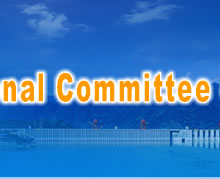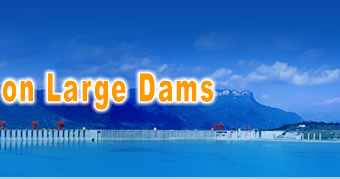On Jan. 27, 2011, Dr. Jia Jinsheng, President of ICOLD, Vice President and Secretary General of CHINCOLD, accepted an interview of Southern Weekly on issues on hydropower development in China, such as how to evaluate the influence of hydropower on environment, the current status and prospect of China’s hydropower development under tremendous pressure of energy conservation and emission reduction.
Dr. Jia Jinsheng pointed out that the key factors in China’s hydropower development pertain to the current status of China’s economic and social development as well as the future trends. As a developing country, China faces enormous needs in energy, water, food and infrastructures, which are far greater than the current supply capacities, and hence more reservoirs and dams are required. In allusion to the issues concerned by public on reduction in the service life of hydropower stations and performance degradation of dams with time, environment and immigration problems, etc., Dr. Jia Jinsheng said that “Demand determines the length of life. By considering the overall economic and social demands, reservoirs and dams in China, such as Three Gorges, Xiaolangdi and Ertan Projects, will continue to play a significant role in the future for a long time. China’s hydraulic and hydroelectric facilities haven’t reached the extent of abundance and high quality. Through the view of the world, the reservoir storage capacity and the installed hydropower capacity per capita in China are totally in line with its economic development, neither forward nor backward. Actually, more investments in hydraulic and hydropower facilities are needed.”
On Jan. 29, 2011, the CPC Central Committee and the State Council released the first official (No.1) document of 2011. China will invest 4 trillion yuan ($608 billion) into essential water-conservation projects over the next decade. A primary focus will be expanding farmland irrigation, and 10% of local land-transfer revenues will go to expanding irrigated areas.







